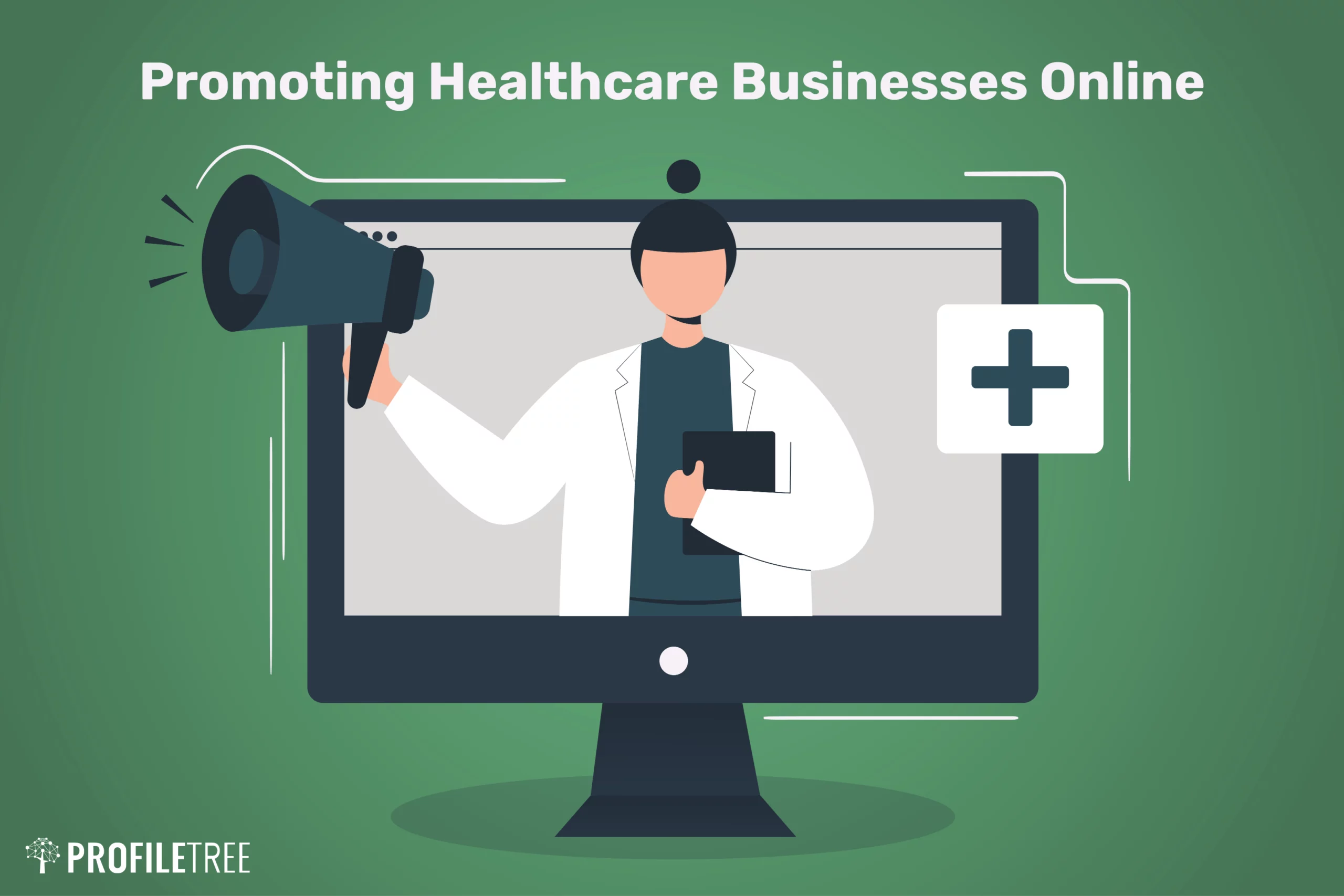A Comprehensive Guide to Subscription Based Healthcare: What You Need to Know
A Comprehensive Guide to Subscription Based Healthcare: What You Need to Know
Blog Article
How Subscription-Based Health Care Is Changing the Medical Market

The Surge of Registration Healthcare
Over the last few years, the healthcare industry has witnessed a considerable shift towards subscription-based designs, showing wider customer patterns favoring benefit and predictability. This change is driven by the boosting demand for more individualized and easily accessible treatment options. Membership health care, in some cases referred to as concierge medication or straight health care, provides patients a set monthly cost for an array of clinical services, significantly altering typical fee-for-service designs.
The increase of subscription medical care is promoted by improvements in innovation, which enable structured communication between providers and people - subscription based healthcare. Digital systems and telehealth services have actually become integral, using clients the capacity to arrange appointments, accessibility medical documents, and receive appointments online. This technical integration not only boosts individual engagement however also permits companies to deliver more reliable care
In addition, the membership version lines up with the advancing expectations of people who look for even more control over their healthcare costs and experiences. By eliminating the unpredictability of co-pays and insurance policy claims, subscription-based health care supplies a transparent and straightforward approach. While this design is obtaining traction, its expansion encounters obstacles such as regulatory obstacles and the need for broader acceptance within the conventional medical care ecosystem. Nevertheless, its expanding visibility notes a pivotal moment in the development of medical care distribution.
Benefits for Providers and individuals
Subscription-based health care uses a plethora of advantages for both carriers and patients, reshaping the dynamics of medical care. For individuals, this version supplies improved access to healthcare solutions.
For healthcare carriers, subscription-based designs promote a more sustainable and enjoyable practice. By protecting a consistent income stream, carriers can concentrate on supplying high-quality care without the stress of volume-based solution. This version motivates longer patient consultations, cultivating stronger patient-provider connections and boosting wellness results. Furthermore, it provides carriers the flexibility to innovate and integrate all natural and preventive treatment techniques. Administrative jobs are frequently structured, reducing overhead expenses and permitting suppliers to dedicate even more time to client communication. Overall, subscription-based medical care straightens the incentives of carriers and patients, promoting a much more efficient and patient-centered medical care shipment system.
Trick Functions of the Design
Regularly, the key features of the subscription-based healthcare design emphasize its unique approach to supplying medical solutions. Central to this version is the principle of foreseeable, month-to-month payments, offering individuals a comprehensive variety of solutions without the changability of traditional fee-for-service structures. This model commonly includes endless accessibility to health care solutions, preventative treatment, and routine examinations, ensuring that people can engage with their doctor proactively as opposed to reactively.
In addition, straight interaction channels, such as telemedicine and messaging systems, are highlighted, allowing individuals to receive prompt recommendations and consultations without needing in-person appointments. This enhances ease of access and ease, particularly for view it people with mobility restraints or those staying in remote areas. The version also promotes more powerful doctor-patient connections, as doctor are incentivized to concentrate on long-lasting health and wellness end results as opposed to temporary visits.
Moreover, subscription-based health care typically integrates technical technologies, such as digital health and wellness records and health and wellness surveillance applications, to provide reliable and customized care. Clients gain from worked with and continual treatment management, which is customized to their details wellness needs. Eventually, these functions jointly create a patient-centered healthcare experience, focusing on ease of access, price openness, and preventative treatment.

Considerations and challenges
While the subscription-based health care version provides many benefits, it is not without its challenges and factors to consider. Membership versions might accidentally prefer those with higher socioeconomic status, potentially expanding differences in health care accessibility for lower-income individuals that might battle with monthly fees.
Another challenge exists in governing compliance. Subscription-based health care needs to browse a complicated web of guidelines that vary by region, including concerns around individual confidentiality, data protection, and state licensing needs. Guaranteeing compliance without impeding the version's flexibility and innovation go to the website can be discouraging for service providers.
Additionally, there is the threat of overutilization or underutilization of services. Individuals paying a fixed fee could overuse services, leading to raised operational expenses, while others might underutilize as a result of fear of burdening the system, potentially disregarding necessary treatment.
Future Prospects and Innovations
The landscape of subscription-based health care is positioned for improvement through arising advancements and evolving prospects. As innovation continues to development, the integration of expert system and device understanding provides considerable opportunities to enhance diagnostic precision and enhance patient administration. Predictive analytics can change precautionary care by identifying potential health and wellness risks prior to they show up, consequently reducing both costs and the worry on health care systems.
Furthermore, telemedicine is established to expand within registration versions, offering patients increased access to medical care experts no matter geographical restrictions. This not just helps with connection of treatment but additionally equips individuals to involve more actively in their wellness monitoring. Furthermore, blockchain technology uses potential in securing person data and making sure interoperability throughout platforms, cultivating trust and transparency.
Partnerships between technology business and healthcare service providers are most likely to produce ingenious solutions, enhancing person experiences and results. As these prospects emerge, subscription-based medical care has the prospective to redefine just how care is supplied and accessed.
Verdict
Subscription-based healthcare is changing the medical industry by supplying a much more accessible, predictable, and patient-centered technique to medical services. In spite of obstacles such as regulatory difficulties and potential disparities in gain access to, the subscription version holds guarantee for a more effective and individualized medical care experience.
Registration healthcare, in some cases referred to as attendant medication or straight key care, offers clients a set monthly fee for a range of medical services, considerably changing standard fee-for-service models.
Furthermore, the membership design aligns with the progressing assumptions of people that seek more control over their medical care expenditures and experiences. For patients, this model provides boosted access to medical care services. On the whole, subscription-based healthcare aligns the incentives of suppliers and patients, advertising an extra efficient and patient-centered healthcare shipment system.
In addition, telemedicine is set to broaden within subscription versions, these details offering patients increased accessibility to healthcare specialists regardless of geographical restrictions. - subscription based healthcare
Report this page